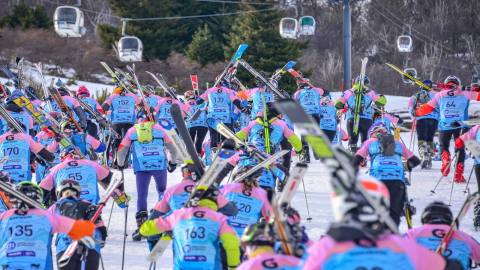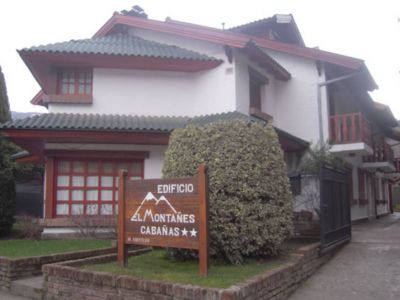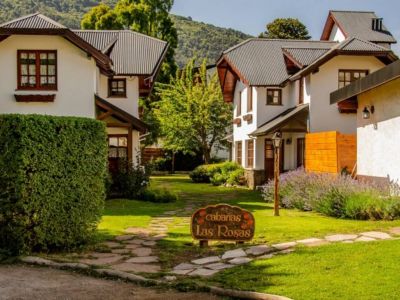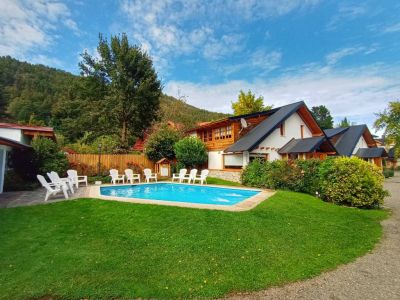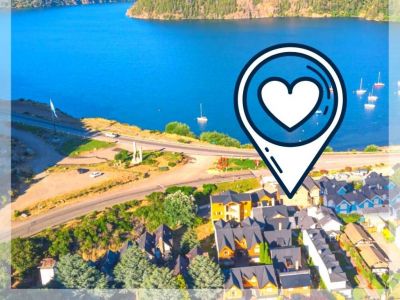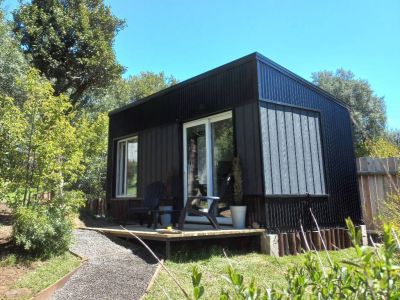In downtown San Martín, on the Lake Lácar waterfront, in the mouth of Pocahullo Creek, there lies the Fish Capture and Breeding Station. This place has been closed for refurbishment. While guided tours were available, this place let visitors observe the life cycle of rainbow and brown trout, as well as other salmonidae species, from a close distance. Every winter, in May, these species swim upstream the Pocahullo in order to breed. Even if it has been over a century since they were first introduced, they have become perfectly adapted to local conditions. Their reproduction levels are low as only two eggs, out of the 5,000 spawned by the female, manage to survive. In addition to this, the practice of poaching has damaged the increase in the population of salmonidae even more. This has been a crucial issue concerning the development of sport fishing in the area as a tourist attraction.
Fish Capture and Breeding Station
With these concerns in mind, the local authorities, along with the Japan International Cooperation Agency (JICA) and through the Centro de Ecología Aplicada del Neuquén (CEAN) (Neuquén Applied Ecology Center), have developed a project for the construction of the Fish Capture and Breeding Station.
An Effective Scheme
The Fish Trap, as commonly known in the city, is located on the lakeshore. This is a 180-meter-long canal fed by a detour of the creek that then joins its course again at its mouth. At this spot, a submerged net has been installed in order to force fish to deviate their course towards the canal. Some meters ahead, in the same area, there lies a great iron wheel, known as mill trap, which captures the specimens in three baskets and automatically places them inside the ponds at the side of the canal. The captured fish are classified according to gender, age and species so as to choose those who will be caused to spawn. This artificial breeding technique carried out by qualified staff allows increasing the breeding effectiveness by up to 70%, which guarantees a good number of fish for reproduction. The rest is released to raise the salmonidae population in the various local water bodies. Besides artificial reproduction, the station equipment is used for the healing of sick fish and for the extraction of scales for research. Likewise, an important process of care and awareness of natural resources is carried out among all visitors to the venue. The didactic and amusing tour, which ends at a big glassed pool to observe the various species lets visitors learn about the growth of these salmonidae, as they are typical of the Patagonian natural environment. Karina Jozami
Eduardo Epifanio
There are few fish traps like this one in the world. There are barely three in Japan and one of them is over a hundred years old. This bright idea comes from the North American natives who, in the XIX century would use this method to fish.
The San Martín station, which was built with materials such as logs and stone in order to imitate the fish habitat, is an effective tool to take care of and to enhance the use of natural resources.











